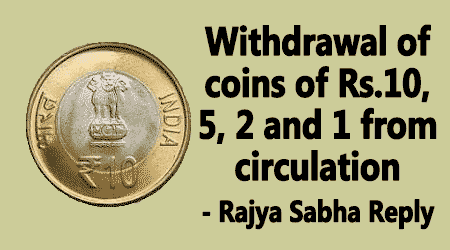Introduction of Plastic Currency; one billion pieces of Rs. 10 Banknotes on Polymer Substrate to be introduced on A field Trial basis in five Cities
With a view to elongating the life of banknotes, particularly in lower denominations, the Reserve Bank of India (RBI), in consultation with the Government of India has been considering various options including printing of banknotes on polymer substrate. A decision had accordingly been taken to introduce one billion pieces of Rs. 10 banknotes on polymer substrate on a field trial basis in five cities. The primary objective of introduction of polymer/plastic notes is to increase its life and not to combat counterfeiting.
The polymer banknotes are made from a non-fibrous and non-porous polymer. The Indian Banknote paper is made from long fibres obtained from cotton comber and linter. There is thus no direct relation between paper based currency and cutting of trees.
The RBI has informed that the Energy and Resources Institute was commissioned by them to estimate the environmental impacts and carbon footprints of plastic currency vis-a-viz paper currency. Their study has found that polymer notes would be more environment friendly than paper based currency.
This was stated by the Hon’ble Minister of Finance Shri P. Chidambaram in a written reply to a question in the Rajya Sabha today.
source:pib

